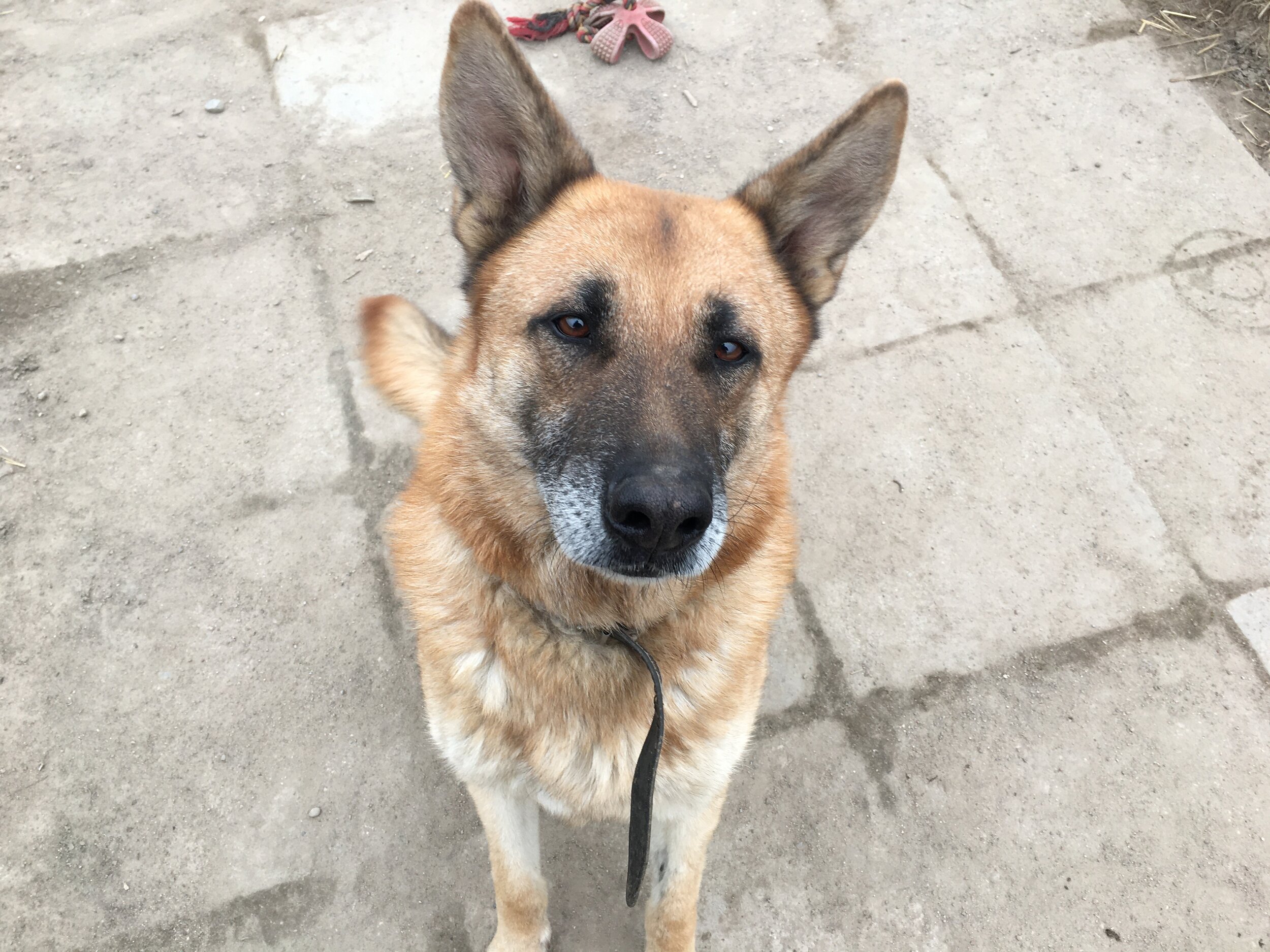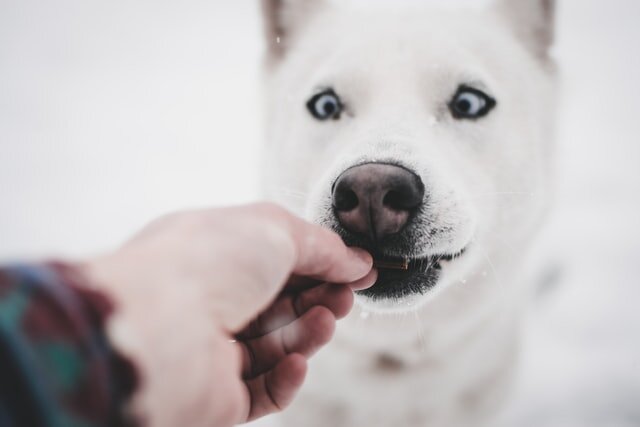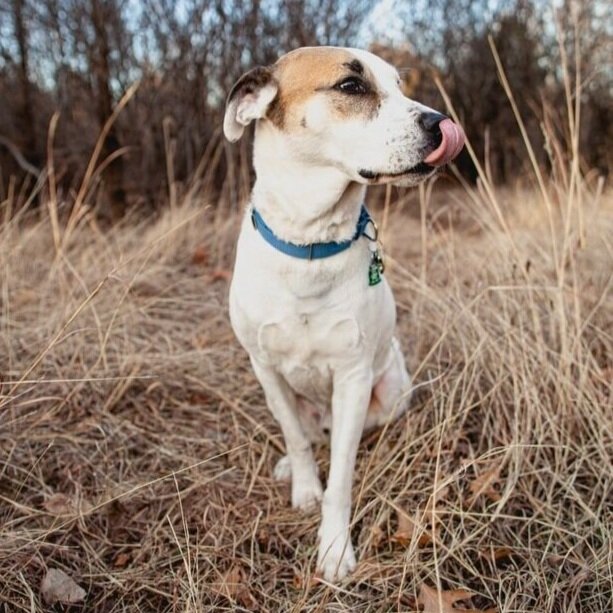Tips on loose leash walking (video)
Loose leash walking has a lot of complexity to it. In reality, there are many behaviours that need to be taught but even more importantly every change in the environment can affect it! Here are a few tips and tricks that you can try while training your dog.
Controversial advice - Reinforce unwanted behaviour
Many of the problem behaviours are a product of unintentional reinforcement that comes at the wrong time. It's better to reinforce quickly to keep the behaviour short and put more intention into all of the interactions with your dog. Remember, it's not just during a training session that your dog learns!
4 points to remember to take dog biting seriously
Dog bites happen more often than you might think!
The headlines are usually only taken by those very rare fatal cases or by very severe injuries. Don't get fooled by it. Every dog can bite and that includes your beloved French Bulldog, Labrador or Shih Tzu.
Prevention is better than a cure! Read 4 points to remember to take this problem seriously!
Why didn't I use a clicker?
Looking back at the muzzle training video I could have changed many things to make the training more successful and the progress faster. Clicker training is a powerful tool but isn't necessary. Every session is a learning experience not only for the dog but also for the trainer. I'm not afraid to try and learn from the "miss-takes" I make. It's not a failure it's an information-gathering process
What is muzzle training and how to do it?
Muzzle training can be a great game to play with your dog. It has nothing to do with your dog being "aggressive" but it can be useful for situations like painful vet visits. Your dog can learn to love wearing the muzzle if you give it a try. Treat it as an exercise that is about the journey, not the destination and enjoy the process.
How does a high rate of reinforcement look like and why we use it?
Do you know how does a high rate of reinforcement looks like? In dog training, it can look like just feeding the dog. Why would we even use it then?
Read more on the blog to see examples not only in dog training but also in creating our own habits!
Working with client with disability
Do you learn from people you are in contact with? Recently I encounter a challenge to work with a client who is legally blind. I needed to find new ways of teaching but most importantly I had to listen. It’s through communication that we found the best ways to move forward. In the end, we not only succeeded with training the dog so both she and the owner are happy but I also learned and grew as a person. It made me a better trainer and more compassionate human being.
Challenge - Train yourself to look for the behaviours you like
Are you willing to take on the challenge of looking for the behaviours you like? Whether it's in your dogs' behaviour or in your own behaviour! Change can start from this simple (yet not easy!) exercise of noticing the behaviours you like instead of the ones you want to change.
Why isn’t my dog coming when I call him?
How many of you wonder “why isn’t my dog coming when I call him?” Have you noticed what are your first thoughts and reactions about it? Did you ever thought “he just wants to make me angry”? Read more on the blog to find out how changing the way you interpret his “misbehaviour” can be the first great step to long lasting change and deepening loving bond between you.
Training animals as an art form
I believe that the more we see animal training as an art form, as a process that never has an end line and as mutual exchange - learning with and from the animal, the bigger the chance we will be constantly improving. There is always more to learn, even for the most experienced trainers. Enjoy the ride!
One of the least known signs of fear in dogs
I've been there too! I saw a dog who is coming to me, being all cute and affectionate and I believed he is happy to see me. As long as it can be the case, there are times when dogs affection can mean "I'm not a threat to you, I won't harm you, I love you, please don't hurt me!". Watch out for the little signs and help your dog get more confidence around people with positive training.
Fear in dogs - how it looks like and what to do with it?
Fear in dogs is not always easy to recognise and many people misinterpret it. Dogs don’t come with the manual and it’s normal we don’t know everything. Learning to recognise the signs, sometimes very subtle can help you understand your dog better and give him a happier life. To see a change from a fearful dog to a confident companion, to me, is the most beautiful thing to observe.












